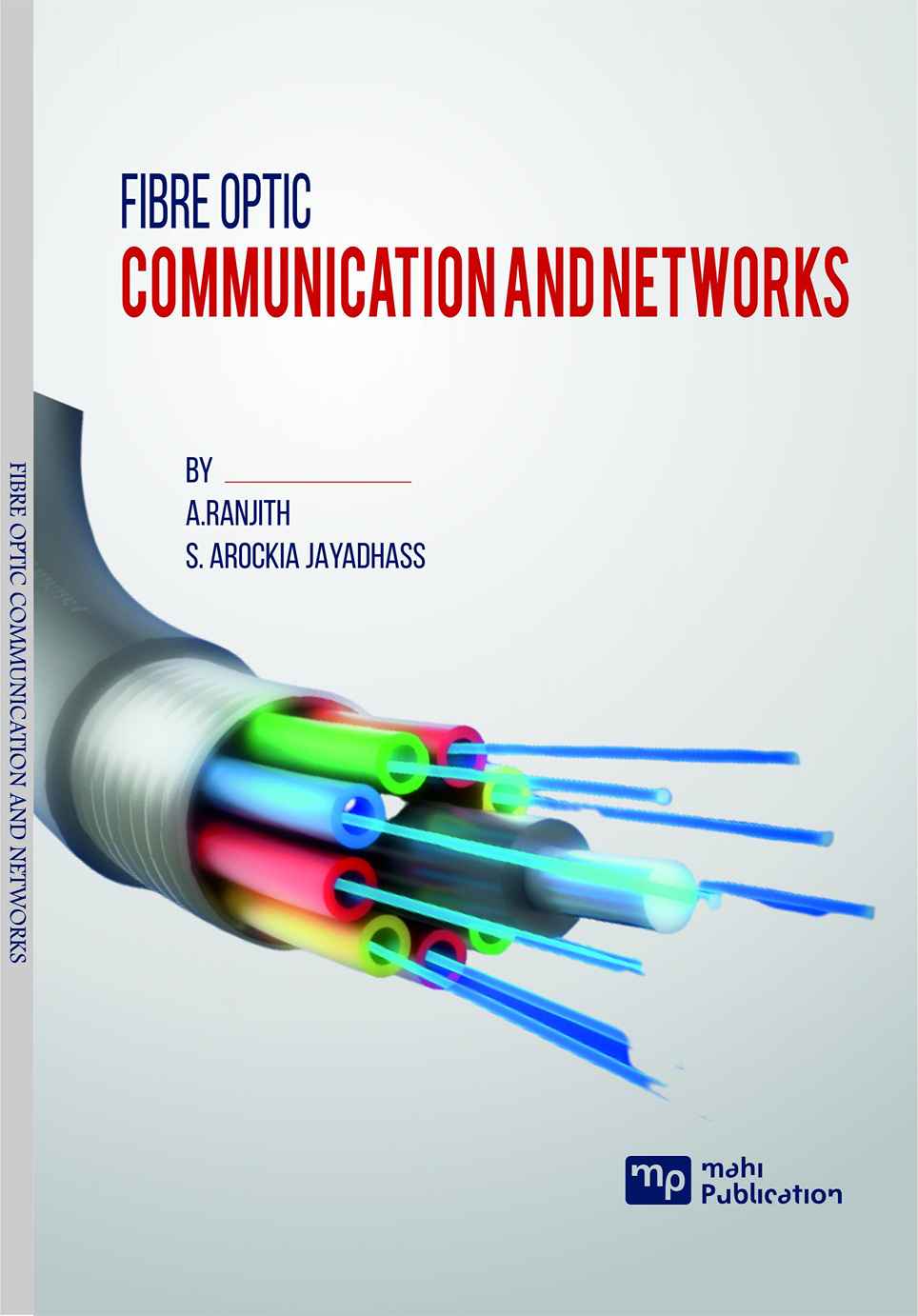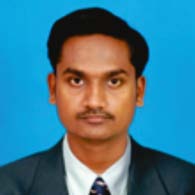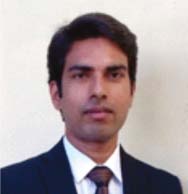Fibre Optic Communication and Networks
Authors:
A.Ranjith,
S. Arockia Jayadhas,
Format: Paperback | Genre : Computers & Internet | Other Book Detail
Format: Paperback | Genre : Computers & Internet | Other Book Detail
TECHNICAL TERMS
1. Numerical Aperture: Numerical aperture (N.A) of the fiber is the
light collecting efficiency of the fiber and is the measure of the
amount of light rays that can be accepted by the fiber.
2. Acceptance Angle: The maximum angle with which a ray of light
can enter through the entrance end of the fiber and still be totally
internally reflected is called acceptance angle of the fiber.
3. Relative refractive Index Difference: Relative refractive index
difference is the ratio between the refractive index difference (of
core and cladding) and refractive index of core.
4. Meridional rays: Meridional rays are the rays following Zig Zag
path when they travel through fiber and for every reflection it will
cross the fiber axis.
5. Skew rays: Skew rays are the rays following the helical path
around the fiber axis when they travel through the fiber and they
would not cross the fiber axis at any time.
Book Also Available On
Share:





